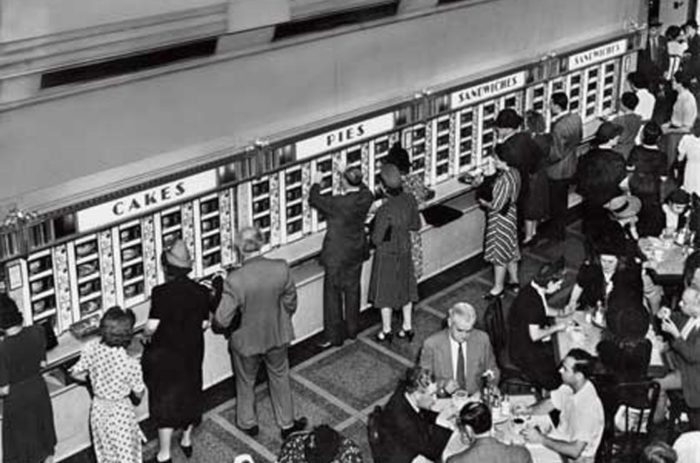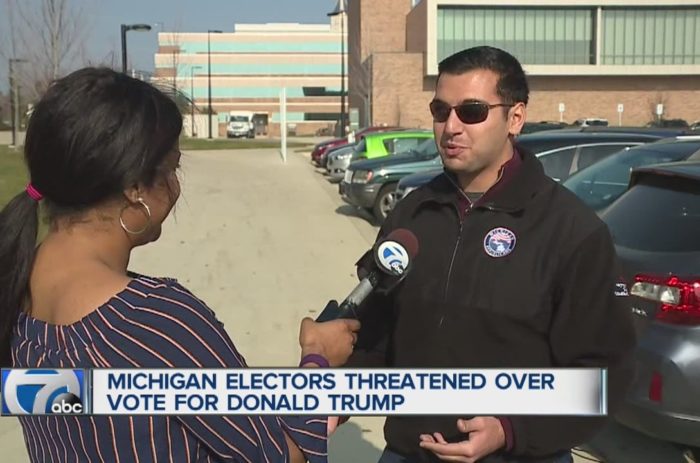The following is an excerpt from OpinionJournal.com’s “Best of the Web” written by the editor, James Taranto.
Note to Self: Get More Votes This Time
“Self Launches Third Try for Governor”–headline, Billings (Mont.) Gazette, May 4
Bottom Stories of the Day
“Another Human-Rights Irony at the U.N.”–headline, Washington Post, May 4
Ho Hum, a Record Turnout
This Associated Press headline almost made “Bottom Stories of the Day”: “Unharnessed Anger: Incumbents Win in NC, OH, IN.” But then we read the story, by Liz Sidoti and Deanna Martin, and noticed something odd.
Sidoti and Martin begin their dispatch, datelined Indianapolis, as follows:
It turned out anger didn’t translate at the ballot box.
Voters in North Carolina and Ohio kept their incumbents while those in Indiana turned to an old Capitol Hill hand–Republican Dan Coats–in Tuesday’s primaries despite the nation’s bottom-of-the-barrel support for Congress and frustration with the Washington establishment.
Then we get three paragraphs about Coats, who left the Senate in 1998, when the popular former governor Evan Bayh announced his candidacy, and is now seeking the seat being vacated by Sen. Bayh. The dispatch picks up with this:
Turnout was exceptionally light in Ohio and North Carolina, a possible indication that voter anger over economic woes, persistently high unemployment and Congress itself wasn’t influencing elections–and, perhaps, a reflection of the limited influence of the conservatives and libertarians who make up the fledgling tea party coalition.
“We rebuilt the pyramids and recarved the Grand Canyon in our spare time,” joked poll worker Dina Roberts, who saw only 147 voters in nearly 12 hours at her downtown Indianapolis polling site.
By the end of the day, however, the Republican turnout in the Indiana Senate primary was the highest this decade, including presidential election years.
Compare this with National Journal’s coverage:
Turnout among Dem voters dropped precipitously in 3 statewide primaries on Tuesday, giving the party more evidence that their voters lack enthusiasm ahead of midterm elections. . . . By contrast, GOP turnout was up almost across the board.
And National Journal, unlike the AP, has numbers (all voter counts are rounded to the nearest thousand):
- Ohio Democratic turnout was down to 663,000 from 872,000 in 2006. Four years ago, neither the candidate for governor nor for senate (both of whom prevailed in the general election) had a primary opponent, whereas this year there was a competitive primary for the open seat now held by Sen. George Voinovich. On the Republican side, 728,000 voters turned out, even though the highest-ranking office with a contested primary was secretary of state.
- In North Carolina, 425,000 Democrats turned out to vote in a competitive primary to replace Sen. Richard Burr–a turnout of 14.4%, down from 18% in 2004, when the Senate primary was uncontested and the incumbent Democratic governor “faced only a gadfly candidate.” On the Republican side, 373,000 voters turned out this year for an uncompetitive primary, up from 343,000 “in the equally non-competitive primary in ’04.”
- The Indiana Republican primary attracted 550,000 voters, up 14.6% from 2006, when Sen. Richard Lugar ran unopposed.
The high Republican Senate turnout in Indiana is no surprise, given that the primary was competitive and the seat is open. (The same is true, however, in Ohio on the Democratic side.) Bayh’s late withdrawal precluded a primary for the Democrats, who are expected to “hand-pick” Rep. Brad Ellsworth to oppose Coats. The victory of the establishmentarian Coats supports the AP’s suggestion that the results reflect “the limited influence of the conservatives and libertarians who make up the fledgling tea party coalition”–although John Fund counters in today’s [Wall Street Journal] that Coats’s unimpressive 39% showing suggests that “his latest career as a lobbyist and recent move back from Virginia worked against him.”
In any case, the larger trend would seem to be the shift back to the GOP in three key states Barack Obama carried in 2008–a possible indication that voter anger over economic woes, persistently high unemployment and Congress itself is influencing elections. Sidoti and Martin’s analysis to the contrary may just be wishful thinking.
For more “Best of the Web” click here and look for the “Best of the Web Today” link in the middle column below “Today’s Columnists.



